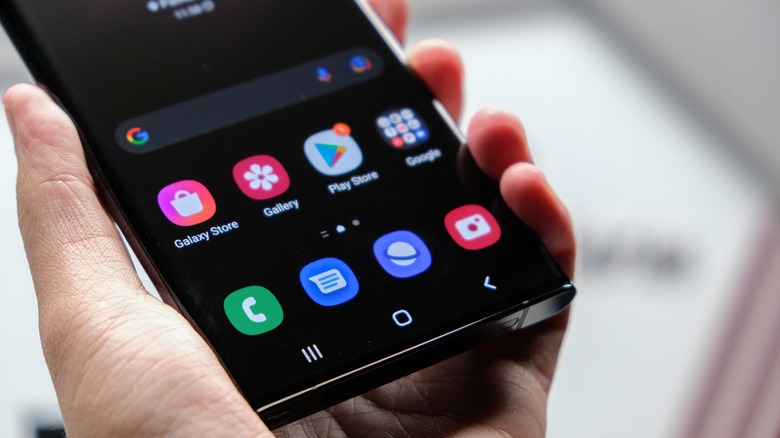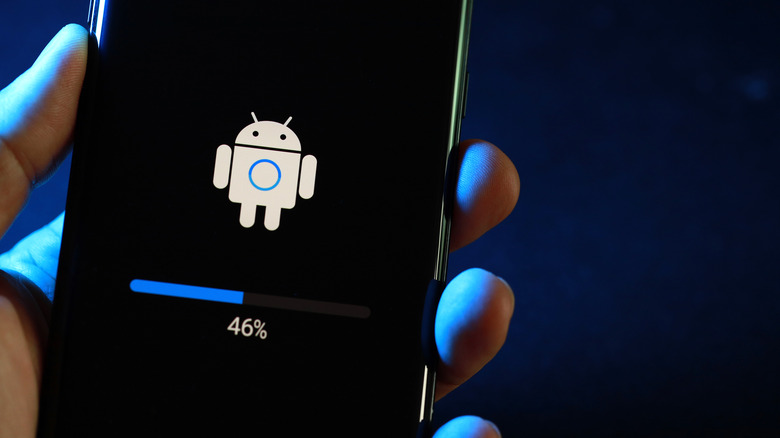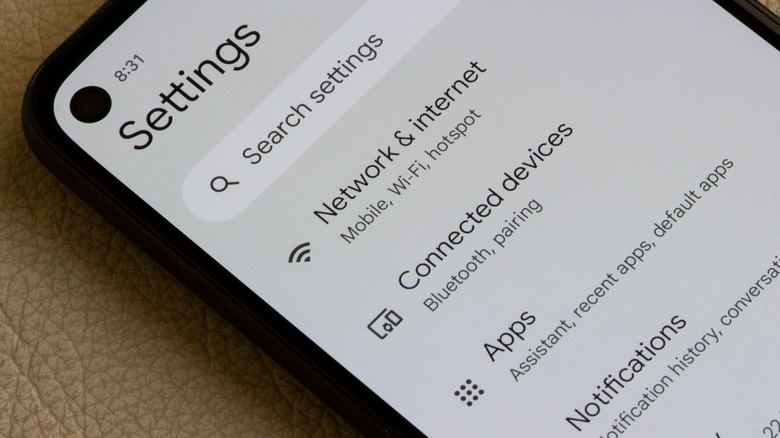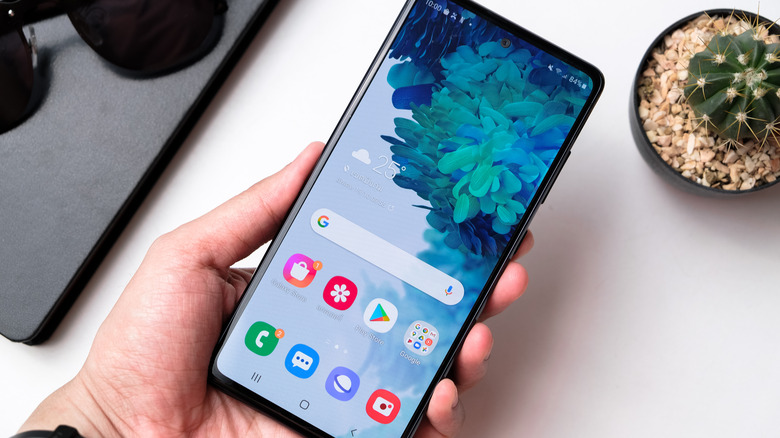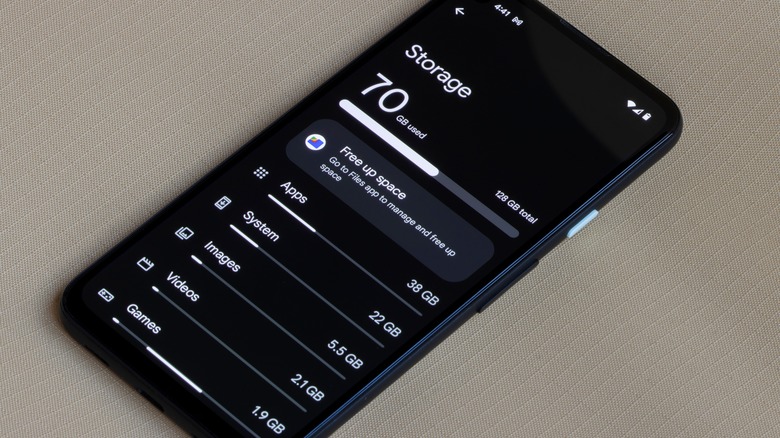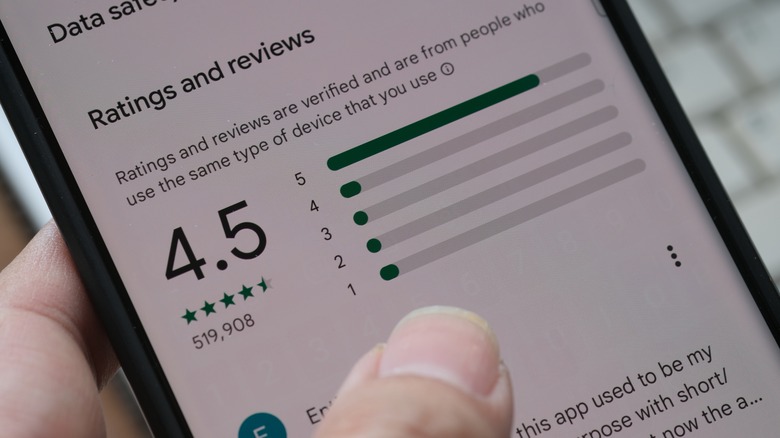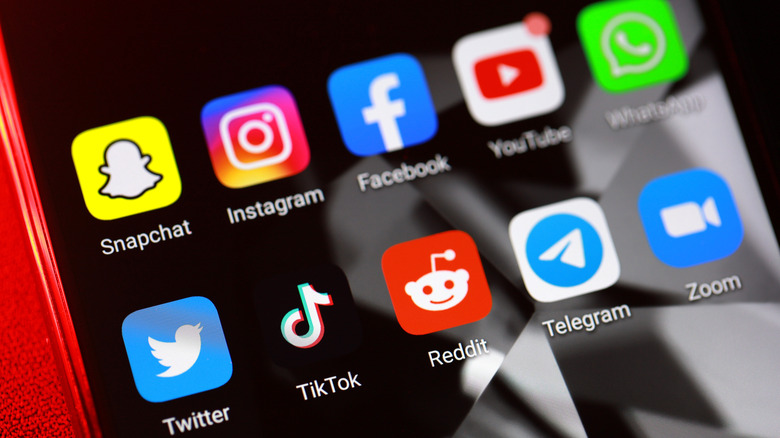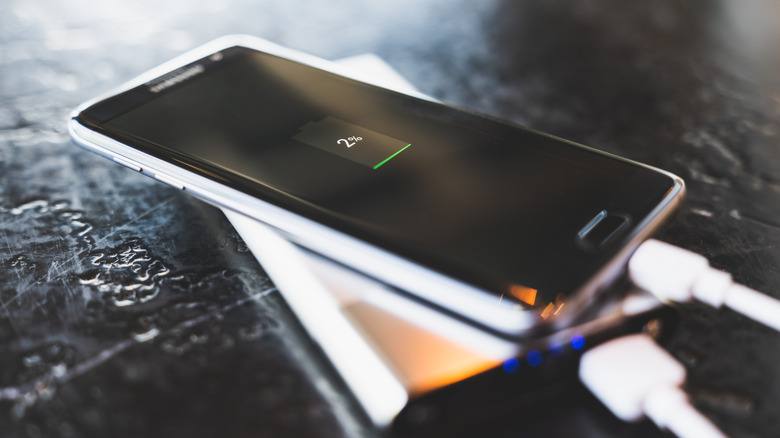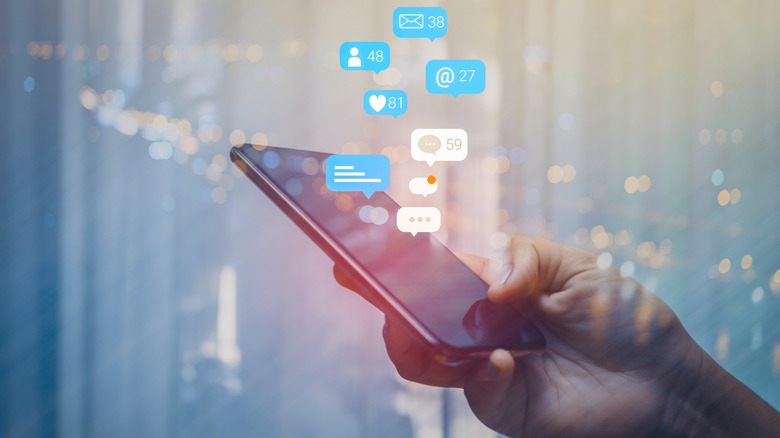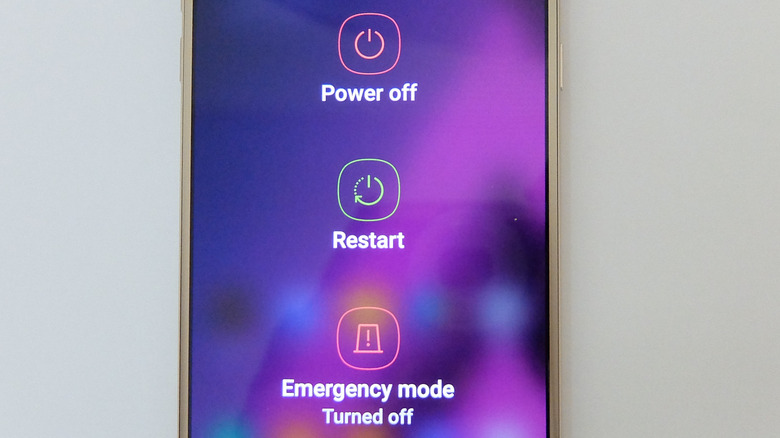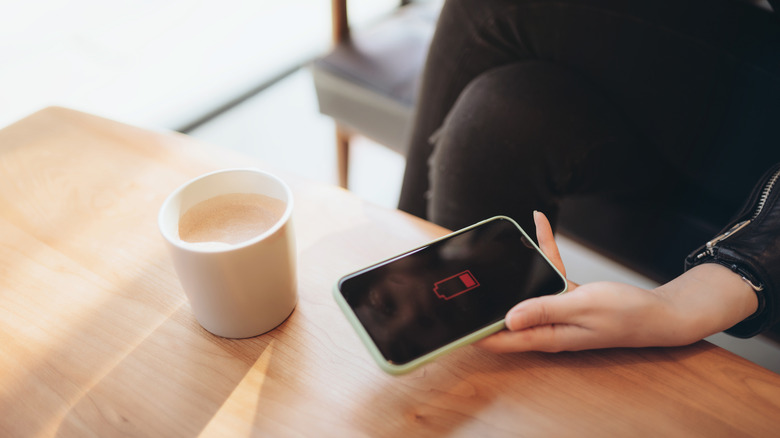12 Things You Should Stop Doing On Your Android Phone Immediately
In the fast-paced world of mobile devices, Android phones have become essential tools for productivity, communication, and entertainment. However, to ensure their optimal performance, it is important to be aware of certain actions that can degrade functionality or hinder the overall experience. By avoiding these actions and adopting best practices you can maximize performance and potentially enhance the longevity of your Android phone.
Here we will delve into a variety of topics, including but not limited to the risks associated with installing apps from unknown sources, the significance of data backups, and the consequences of neglecting software updates. We will also touch upon the dangers of overlooking essential security measures and the importance of utilizing power-saving modes.
Whether you're an Android veteran or a newbie to the platform, you're bound to learn something that you've never considered before. Oh, and as an added bonus, we've also gone ahead and given you step-by-step instructions on how to rectify these issues where necessary. It's never too late to revise your Android device usage habits!
Ignoring software updates
Every now and again, your Android OS will release a software update. These are created to add new features, improve performance, patch security issues, and fix any persistent bugs. In most cases, your Android phone will inform you when a software update is available, but it's on you to initiate the process. Unfortunately, a lot of users ignore this request.
Updating your Android phone can take time, so it's no surprise many people decide to opt-out. The phone has to reboot, and users may have to accept new terms and conditions. It's not exactly a fun process if you're busy or going about your day-to-day activities. With that said, it's absolutely necessary, and although your Android phone may be functioning for now, it can have underlying issues that need to be fixed. If you're unsure whether your phone needs to be updated, you can check the current status and Android version within your Settings app.
Here's how to install the latest Android software update:
- Open the Settings app.
- Scroll to the bottom, select System, and tap System Update.
- If there is an update available, tap the Install button.
- Continue to follow the on-screen steps.
- Alternatively, if you receive a notification regarding an Android update, tap it, and follow the same procedure.
Allowing excessive background processes
The longer you hang onto your phone, the more apps you tend to install over time. While Android devices can handle multiple apps at once, excessive background processes can have an impact on battery life and memory consumption, which may lead to reduced system performance.
You should, therefore, know which apps are continuously running in the background and how to close them. This way, you can prioritize the important apps while closing the ones that are consuming system resources and reducing battery life. You may even be surprised to find an app that you haven't used in months hiding in the background!
Here's how to see what apps are running in the background and check their battery usage:
- Open the Settings app.
- Select Battery and tap Battery Usage.
- A list should appear indicating the amount of battery life used within a time frame.
Now that you know which apps are running in the background, you may want to close some of them. To do this, open the Settings app, select Apps, and Force Stop the app you want to close. Note that the app may relaunch when you restart your phone. If you'd like to get rid of the app completely, uninstall it from your device.
Overloading the home screen with widgets
Widgets are the small interactive components located on your Android phone's home screen. They provide relevant information and quick access to app functions, making them convenient for users on the go. Unfortunately, more isn't always better in this case, and too many widgets can lead to a cluttered interface and difficulty navigating the home screen.
As you continue to insert widgets, the device will also create additional home screens. This removes the functionality of quick access altogether because you'll now need to scroll through multiple windows to access the information you want — which is technically about the same effort as opening an app the regular way.
Furthermore, there's still the impact widgets have on the CPU and battery life of your Android phone. Since they're running in the background to provide real-time information, they will consume precious system resources. Therefore, in an effort to improve performance, it's advisable to remove the widgets that are unnecessary.
Here's how to remove widgets on your home screen:
- Navigate to the home screen that contains the widgets you want to remove.
- Tap and hold the desired widget until a small pop-up menu appears.
- Tap the Remove option in the menu.
- Alternatively, once the pop-up menu appears, you may need to drag the widget into a Remove Bin.
Note that removing a widget from the home screen does not delete it from your phone — you can still use the app and replace the widget later.
Running out of storage space
It might take a few months or a few years, but eventually, your Android will notify you that you've reached your storage capacity. When this occurs, you'll no longer be able to install new updates, take photos, or save files onto your phone. Furthermore, leading up to this event, you may notice a decline in your device's overall performance. Apps can struggle to open or respond, while UI menus could become sluggish.
To prevent this from happening, it's in the interest of Android users to regularly maintain their storage space and ensure it does not run out. This can be done by checking how much storage space is currently being used and where their data is being located.
Here's how to check your Android's current storage usage:
- Open the Settings app.
- Scroll down until you find Device Care or About Device.
- Tap Storage.
- You should now see used and available space.
According to Google, most users will notice performance issues when their Android phone has less than 10% of its storage space remaining. If you have checked your current storage usage and this is applicable to you, it might be time to free up some space. Delete unnecessary media, unused apps, and downloaded files that have become irrelevant.
If you'd like to keep certain files but free up device storage, you can also consider cloud services or external storage options like MicroSD cards. Examples of reliable cloud services include Google, OneDrive, and Amazon Prime. However, not all Android phones come with MicroSD support, so cloud services may be your only option.
Installing apps from unknown sources
The Google Play Store is a trustworthy platform for users to download apps on their Android devices. The digital distribution service has strict regulations for app developers and examines each app before it's available for download, ensuring they are safe and free of malicious code. Any other downloadable app source can be considered unknown and may pose a risk to your Android phone.
In most cases, these potentially fake apps from unknown sources have not been tested for security vulnerabilities. They can contain harmful software, which opens users to cybercriminal attacks such as spyware and phishing. The malicious app could monitor Android activity, steal sensitive information, or gather personal data. Additionally, users may even experience stability issues on their phones. Poorly optimized apps can lead to crashes or interference with other apps.
To stay ahead of potential threats, look for strange activities when installing new apps. A good starting point would be investigating the app's permissions. For example, if a music app asks for messaging or camera permissions, this should alert your suspicions. If you have already installed apps from unknown sources, or experienced any of the above, now would be the time to remove the potentially compromised apps from your device.
Here's how to delete an app from your Android phone:
- Open Settings and select Apps.
- Tap on the app you want to delete and select Uninstall.
- You may need to confirm by tapping OK.
Letting your cache build up within apps
Caching allows apps to store temporary data so they can load faster. This may include frequently accessed images, video thumbnails, or scripts. Unfortunately, as these files accumulate over time, they may begin to corrupt, causing apps to misbehave or crash.
As luck would have it, most apps already have an automatic way of dealing with cache build-up. While constantly monitoring data internally, they clear potentially problematic files before issues arise. However, not all applications are created the same, and some may not have this feature, leading to cache accumulation. You should know how to manually fix this issue.
Here's how to clear your cache on your Android phone:
- Open the Settings app and select Storage.
- Tap Apps or Other Apps (depending on your Android model).
- Select the app whose cache you want to clear.
- Now tap Clear Cache within the app's information page.
Note that clearing the cache is not a permanent way to free up storage space. After all, the app will begin to save frequently accessed files again. Clearing an app's cache manually is best used for apps that don't delete temporary data or have become corrupted over time. Furthermore, deleting an app's cache should not cause users to lose their saved progress (within apps) or login status.
Clearing an app's data, on the other hand, will delete the cache, as well as vital information such as settings, login credentials, and saved progress in a mobile game. It would be as if the app was installed for the first time.
Ignoring Android's battery-optimization settings
Power Saving Mode, also known as Battery Saver, is available on most Android phones and helps conserve battery life through various power-saving measures. Many Android users are unaware of this feature or do not know when to enable it. Power Saving Mode can extend your Android phone battery by a few hours while maintaining access to essential functions such as messages and calls.
However, Power Saving Mode comes with a performance sacrifice. The internal processor of your phone is usually throttled, resulting in a slower response time. Background apps might also be restricted, leading to delays in synchronization or in-app notifications. Furthermore, the brightness of your screen is reduced significantly, making it harder to see the display during daylight times.
Further, Power Saving Mode is not permanent and is easy to toggle on and off. It does not ruin your phone's battery and can be incredibly useful in emergency situations. Based on the model of your Android phone, you may even be able to personalize the feature itself, allowing certain functionalities and settings to continue to operate.
Here's how to enable Power Saving Mode or Battery Saver on your Android phone:
- Open the Settings app.
- Scroll down and select Battery.
- Tap Power Saving Mode or Battery Saver. Further customization options may be available based on your Android phone model.
- Alternatively, you can use your drop-down menu to activate Power Saving Mode or Battery Saver. Hold down on the featured icon to customize additional options.
Receiving excessive notifications
By default, your Android phone will bombard you with excessive notifications. These can range from messages to social media alerts, some more urgent than others. While notifications can keep you updated, they tend to distract even the best of us. Knowing how to customize your Android phone's notification settings is, consequently, the best way to stay focused.
Now let's say you're in a meeting and don't want to receive any notifications. The easiest way to silence all incoming notifications would be to enable the Do Not Disturb (DND) feature, which can be activated by swiping down the drop-down menu. Notifications will not make a sound or vibrate and won't appear on your lock screen or notification panel until the feature is disabled again, and there are additional ways to add customization.
Here's how to customize the Do Not Disturb feature on Android:
- Swipe down and open the drop-down menu.
- Press and hold the Do Not Disturb icon until its settings appear.
- Now customize which notifications can bypass this mode.
- You will have various options, such as People, Apps, and Alarms.
- If necessary, schedule a specific time you want the feature to activate.
- Finally, turn on Do No Disturb by tapping the icon from the drop-down menu.
Alternatively, you may want to silence a specific app while still receiving call or alarm notifications.
Here's how to turn off specific app notifications:
- Open the Settings app.
- Select Notifications and tap App Notifications.
- Toggle the specific app's notifications off.
Neglecting to restart your Android phone
As you continue to use your phone, you might forget or intentionally neglect to perform a restart. A restart can help resolve software-related issues, improve performance, and keep your operating system from freezing. It might not be the most pleasant task, as certain phones can take a few minutes to reboot, but the benefits far outweigh any inconvenience.
While there's no fixed period, many tech experts agree you should restart your Android phone at least once a week. If you're noticing strange app behavior, such as apps continuously crashing or your system responding unusually, this might indicate that a restart is due. After all, restarting clears temporary memory, closes background apps and processes, and has the ability to fix minor software glitches.
Here's how to restart your Android phone:
- Press and hold the power button for a few seconds until a power menu appears.
- Select Restart.
- Fill in your passcode if prompted.
In the event that you do not want to manually restart your phone, some Android phone manufacturers, like Samsung, have added an Auto Restart or Schedule Restart feature. Users can then choose the date and time they'd like their phones to perform restart maintenance.
Here's how to schedule a regular restart on a Samsung Android phone (applicable to Android v5.0 Lollipop and above):
- Open the Settings app and tap General Management.
- Select Reset followed by Auto Restart.
- Toggle Auto Restart On and select the days and times you want Auto Restart to initiate.
Operating without security measures
The Android platform is known to be reasonably safe, but it is important to take additional security measures for several reasons. The open-source nature of the OS includes a vast ecosystem of apps available through the Google Play Store and third-party distribution services. While this promotes innovation and app development, it also makes Android users susceptible to malicious actors.
You may assume that the latest version of Android comes with the best fixes against hackers and cybercriminals. However, Android phone manufacturers run different versions of the operating system, which means your device might not be updated to the latest version. Even if it is, there's still a chance that hackers will find a loophole as they continue to search for vulnerabilities.
Add in the ability to install apps from third-party sources or click suspicious links, and you've now given hackers a way to test out their exploits. Thankfully, there are security measures you should take to further protect your phone. This can involve installing an antivirus software app, enabling two-factor authentication (2FA), or using a secure internet connection.
Here's how to check your phone's Android version:
- Open the Settings app.
- Scroll to the bottom and select About Phone.
- Locate the Android Version or Build Number.
- If it isn't the latest version, check for an update.
Here's how to get the latest Android update for your phone:
- Open the Settings app.
- Select System and tap System Update.
- Follow the steps on the screen.
Avoiding backups
Android phones contain personal information and precious memories. However, unforeseen circumstances can lead to data loss, making it crucial to have a backup in place. Unfortunately, Android users avoid this process because it can be timely, or they think the default security measures are sufficient. However, this does not always safeguard against accidental deletion or hardware failures.
The most common files users would likely want to back up are their photos, videos, and documents. If these were created on the Android phone itself, there would be no way to get them back if the internal storage device failed. Google Drive is an all-purpose solution that can copy and save files of any format, allowing users to choose individual items to upload or entire folders.
Here's how to back up files on Google Drive:
- Open the Google Drive app. If you do not have Google Drive installed, download it from the Google Play Store.
- Select the + button to open the Create New Window.
- Tap Upload and choose the files you want to back up.
Alternatively, if you would like to back up your call logs, texts, app data, and preferences, you can use Google One to store your device data.
Here's how to back up your device data on Google One:
- Download Google One on the Play Store and open it.
- To create a fresh backup, select Storage, and tap Set Up Data Backup.
- When the backup is needed, go into Storage again, and select View Details.
Letting the battery drain to zero
Android phones contain lithium-ion batteries, which have a limited amount of charge cycles. A charge cycle refers to charging the battery from 0% to 100% and then letting it drain to 0% again. By frequently draining the battery to zero, you use up the charge cycles more quickly, which can potentially lead to a reduced lifespan and gradual decline in performance over time.
Now you may be thinking your Android phone is relatively new and is still within its warranty. Surely you can get a replacement within this period if the battery suddenly dies? Well, battery issues are often not that immediate at first, and you may already be experiencing problems without knowing it. Every time your battery drains to zero, you risk the battery calibration becoming more inaccurate. This means the reported battery percentage does not align with the actual battery capacity, leading to incorrect battery level indicators. For example, the battery might turn off at 10% when it is actually at 0%.
There isn't a precise percentage to aim for when charging your battery, but it's recommended to plug it in before receiving the Low Power notification. 20% to 40% is usually a good range, in addition to removing it from charge before it hits the full 100%. This is because the high-voltage charger may strain your battery if left connected over time. Alternatively, if you cannot access a wall charger during the day, consider car chargers, power banks, or USB-to-computer ports.
